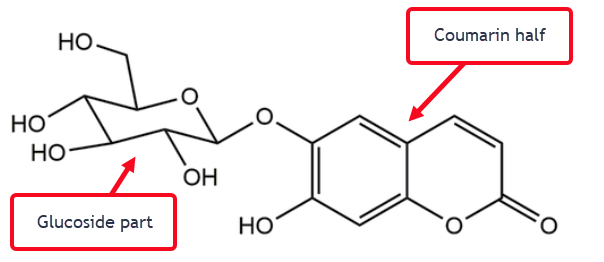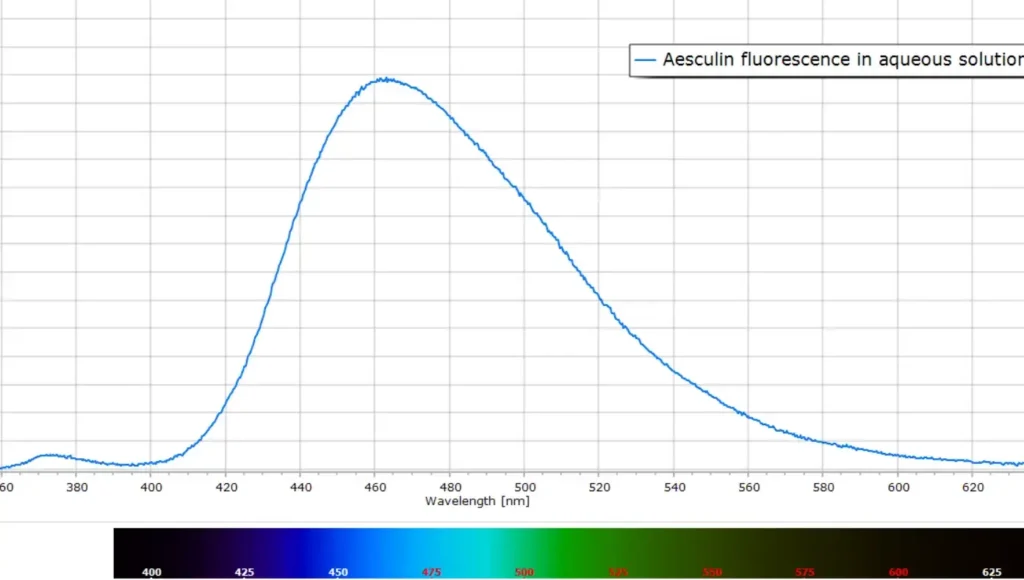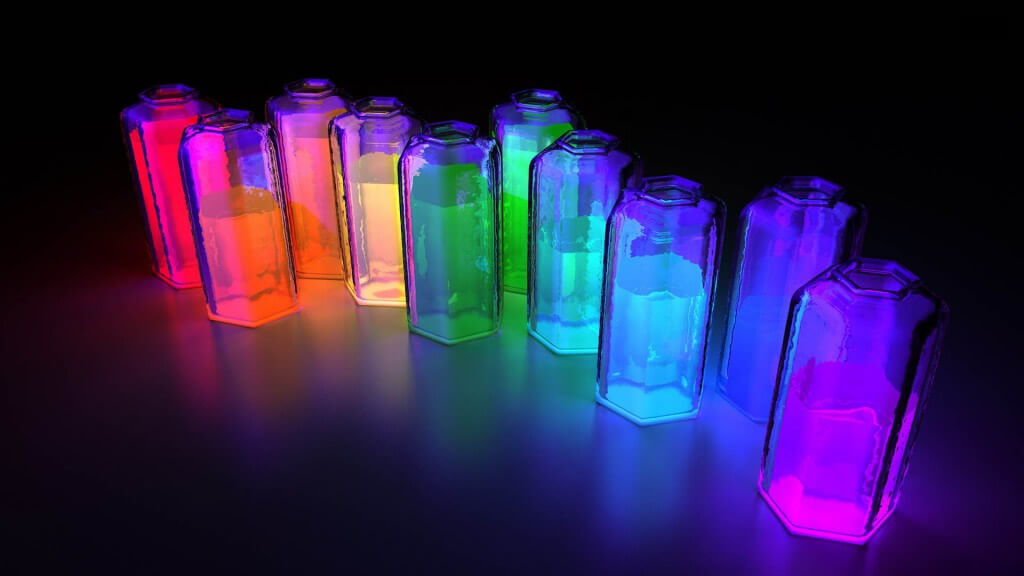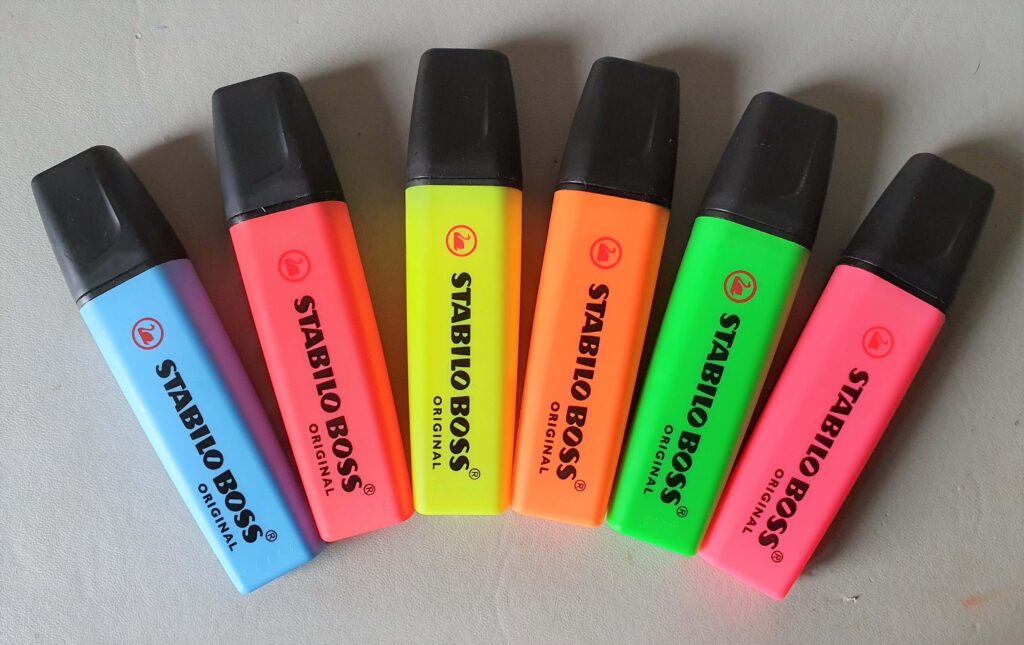Happy Halloween!
Since Halloween is fast approaching 👻 I thought I would publish this seasonal post on the strange and eery properties of the Horse Chestnut tree that anyone can try.
To see what I mean, take a look at this short video…
So what is going on here?
This strange fluorescent emanation is not some Ghostbusters “ectoplasm” but in fact comes from a chemical called aesculin which is present in the sap of the Horse Chestnut tree. It is also present in the roots of the dandelion plant and in olive tree bark.
Aesculin belongs to the family of coumarin glucosides with the chemical structure shown here.
As a side note, the presence of aesculin makes Horse Chestnut fruit toxic. So if you go out collecting Sweet Chestnuts at this time of year, which are edible, you have to be careful and avoid Horse Chestnuts, which come from a totally different tree and genus. More information can of course be found online.
The Demonstration
Aesculin fluoresces strongly under UV light with an eery electric blue glow as shown in the above video. So here’s how to perform this experiment yourself…
First of all, go out and collect a few small branches or twigs from a Horse Chestnut tree. Identifying the right tree is easy at this time of year with all the fruit lying on the ground.
Cut short lengths of the branch with a pair of secateurs and suspend the branch in a large glass or beaker of water. Then turn off the room lights and shine a UV lamp on the beaker.
The UV light should emit in the region 365 nm to 395 nm in the near UV. The low cost “black lights” that are used to detect pet urine stains around the home work extremely well. In addition, they are widely available and inexpensive. The lamp version with LEDs that emit at 365 nm works best, but lamps emitting at 395-400 nm are also quite effective.
Then watch the spooky effects as the tree sap containing aesculin slowly seeps out and diffuses in the water.
And here below is the fluorescence spectrum of aesculin that was sampled directly from the beaker in the earlier video.
Happy Halloween 🎃👻🦇





Oh wow this is so cool! I wish they made science this interesting at school!